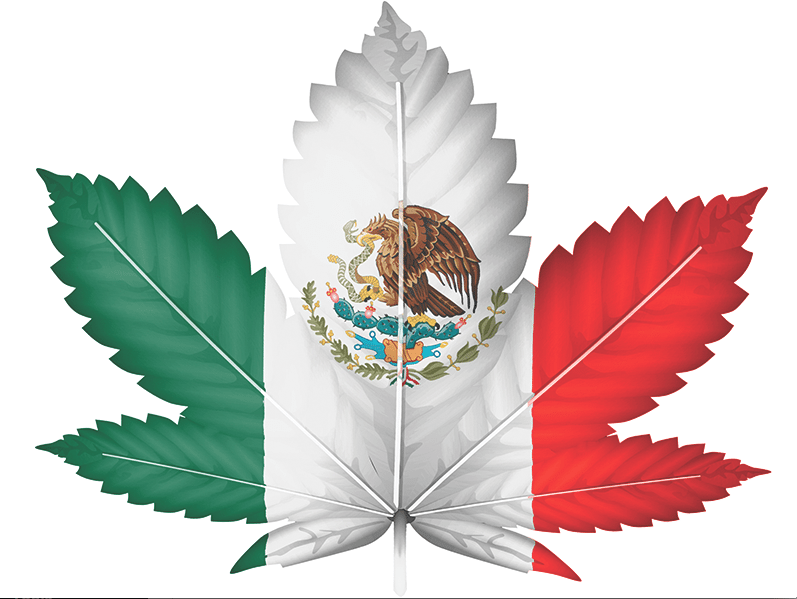Prayer, meditation and eating chocolate are three ways to increase levels of anandamide—one of the body’s endogenous (that is, manufactured in the brain) cannabinoids, or endocannabinoids. I start with anandamide because, for one, it is known as the “bliss molecule”—its name derived from the Sanskrit for “inner bliss.” Acting similarly to THC and CBD (cannabidiol)—two of more than 150 cannabinoids found in the cannabis plant—it dulls pain, and helps us to quickly forget it. It’s responsible for runner’s high, for instance. I also begin with this molecule because its discovery in 1992—by Raphael Mechoulam of Israel, 30 years after he discovered THC—helped shed light on the body’s endocannabinoid system, or ECS.
The ECS acts as a homeostatic buffer, and helps to keep our neurotransmitter levels in proper balance. In the words of Michael Pollan in The Botany of Desire, it seems to exist as a natural curative for the “routine slings and arrows of life.” It does this via cannabinoid receptors found throughout the body—predominantly in the brain, central nervous system and the immune system.
“Just to put it into perspective,” says Santa Cruz-area chiropractor Dr. Michelle Bean, “we don’t have receptors on our brain that directly bind Vitamin B. Or Omega-3s.” There is no other known plant extract, she says, that can directly bind receptors on the brain and have an immediate and direct influence on the brain and central nervous system.
But if our bodies are already equipped with their own natural endocannabinoids, why should we need the aid of a plant’s cannabinoids? This is one of many questions addressed by Bean and LeTa Jussila, licensed acupuncturist and herbalist, in their free weekly classes about CBD.
One answer is that our ECSs are being compromised by depleted diets, environmental toxins and stress. Too often these days, we’re living stressed-out lifestyles, says Bean. “It’s like having one foot on the gas and one foot on the brake. We are not designed to do that. The fight-or-flight system in our body is designed to be used quickly, and then come back to rest. The sympathetic nervous system and the immune system do not operate at the same time.”
Dr. Ethan Russo has been studying CBD for two decades, and in 2001 introduced the concept of clinical endocannabinoid deficiency. “If you don’t have enough endocannabinoids, you have pain where there shouldn’t be pain,” said Russo in a recent interview with Project CBD.
In other words, explains Bean, “When we don’t have a healthy endocannabinoid tone, our pain threshold starts to diminish. So stimuli that would typically not induce pain or disease starts to induce pain and disease.”
One of CBD’s many benefits to the human system is that it slows the breakdown of anandamide, extending the bliss molecule’s effects. It also ignites pathways of arachidonoylglycerol, or 2AG, another endocannabinoid responsible for modulating many systems—including shutting down inflammatory processes in the body, a leading cause of disease, says Bean.
Bean and Jussila began their research of CBD after Bean saw it change her mother’s life. After three spinal surgeries, her mother was in constant pain. “Within two days of administering different types of CBD and THC, her pain dropped from a chronic 15-year cycle of 10-plus to about a six. At the end of the week, she dropped down to a zero,” Bean says.
Ailments that CBD is showing promise in helping include seizures, Parkinson’s disease, brain inflammation, depression, anxiety, sleep and mood disorders, and the growth of cancerous tumors.
As CBD becomes widely available at health food stores, Bean cautions consumers to choose organically-sourced, non-GMO products. She also raises a point that is all too relevant to medicinal plants in the face of big pharma: “We have to know, especially in countries like ours that are so reductionist, that the cannabis plant has more than 150 cannabinoids for a reason—terpenes and flavonoids that work synergistically. The fear is we’re going to start extracting just the CBD, synthesizing it in labs and giving it in pill form to people. It’s already happening with two pharmaceutical companies.”











